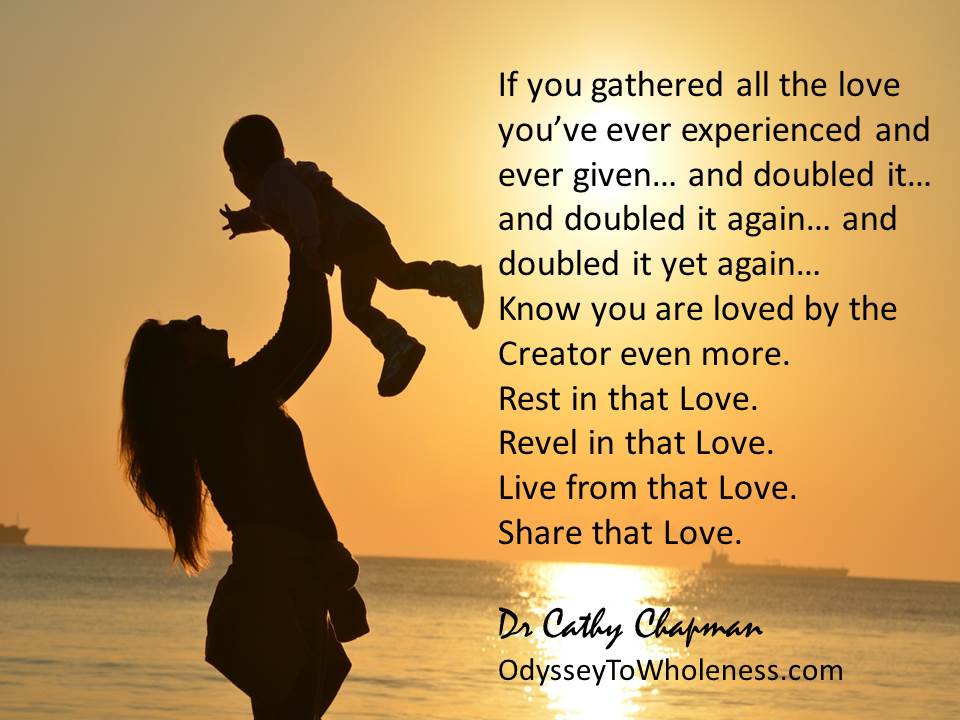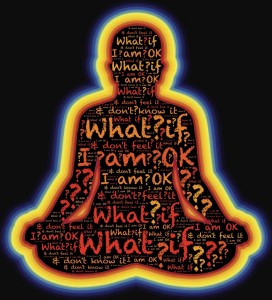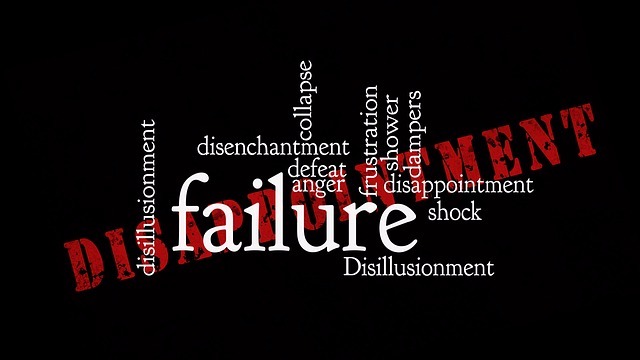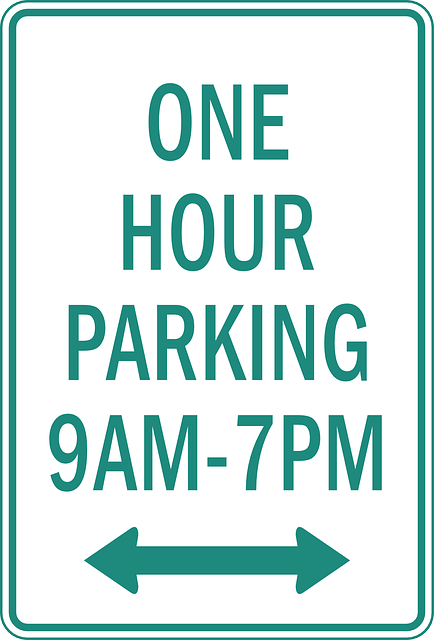 It is the first day of 2016 and I am struggling with the concept of Love.
It is the first day of 2016 and I am struggling with the concept of Love.
I’m not struggling with what love is. I am struggling with am I loved.
I know in my heart that I am loved. I can point out examples of people loving me. I can also relate experiences on the spiritual level which are amazing displays of love.
But, somehow, that ability to KNOW I am loved to the depths of my being is elusive.
From working with people as a therapist since I was in my early 20s I know I am not alone.
Love: The Difference between Want and Need
I remember working with a couple where the husband was struggling with his fear of his wife leaving him because she did not need him financially.
She kept telling him, “I don’t need you. I want you.”
For the longest time he couldn’t get past that her choice was based upon a desire to have him with her rather than a financial need that bound her to him.
I’m not sure what she said or what I said that penetrated his fear of losing her, but suddenly his face changed and he relaxed. His expression bordered on awe. He finally got it. I don’t know how long he was able to hold onto it, but that day he finally got it that his wife wanted him. That wanting was more precious than her staying with him
because she needed him.
Most of us have moments in which we feel loved and appreciated. The cares of life seem to chase the memory of those moments away. The people who love us “forget” to express their love and appreciation of us to us. We forget to do the same.
As I was reflecting upon this I imagined how different this world would be if everyone knew how loved they are.
 Love: We Don’t Have the Same Beliefs and Needs
Love: We Don’t Have the Same Beliefs and Needs
I realize not everyone believes in God. Not everyone believes there is an ultimate being who created this amazing world of ours. I definitely know not everyone, in fact few people, shares the same perspective I do about God, creation and life.
How can people who don’t have the same concept of God or Universal Energy be able to comprehend my concept of love and life?
I do know that even if those who do not look at life the way I do still struggle with love and acceptance. Some people look for it in relationship with others. Some look for it in power. Others believe they have found it in money or material goods.
I’m a relationship person and believe that relationship, be it with people or God, is the most crucial. I have a difficult time… Actually that’s not true… I find it near impossible to understand how people are content or fulfilled with power or material goods. I’m sure they find it near impossible to understand me.
Our beliefs and our desires form us. The stronger our beliefs and desires the more difficult it is for us to understand
another person’s perspective. Yet, I believe I am called to accept others where they are.
Part of loving another is acceptance. I may not agree with them and I may not choose to be with them because of their choices in lifestyle, but as one who strives to love, I work to accept them as they are. (Even though I may try to change them with argument and discussion <grin>) I strive to recognize each person is created in the image and likeness of the same God I was created.
Would the world be better if we all accepted people as they are?
![]() Would you like to receive a notice whenever I post a message? If so, click the link to the left or click the highlighted text.
Would you like to receive a notice whenever I post a message? If so, click the link to the left or click the highlighted text.
Join my Facebook Page for Odyssey To Wholeness. Click the icon to the left or click the highlighted text.![]()

 How to Change Your Life
How to Change Your Life



 The image tells you exactly how to avoid criticism. Yep, don’t do or say anything. Oh, wait, that won’t work either, will it? You’ll then be criticized for not doing anything.
The image tells you exactly how to avoid criticism. Yep, don’t do or say anything. Oh, wait, that won’t work either, will it? You’ll then be criticized for not doing anything. Choose an appropriate time and place. Provide the feedback privately and out of ear-shot of others. Also, as much as possible choose a time the person is doing well. You don’t want to deliver criticism when the individual has just been diagnosed with an illness or received disturbing news.
Choose an appropriate time and place. Provide the feedback privately and out of ear-shot of others. Also, as much as possible choose a time the person is doing well. You don’t want to deliver criticism when the individual has just been diagnosed with an illness or received disturbing news.